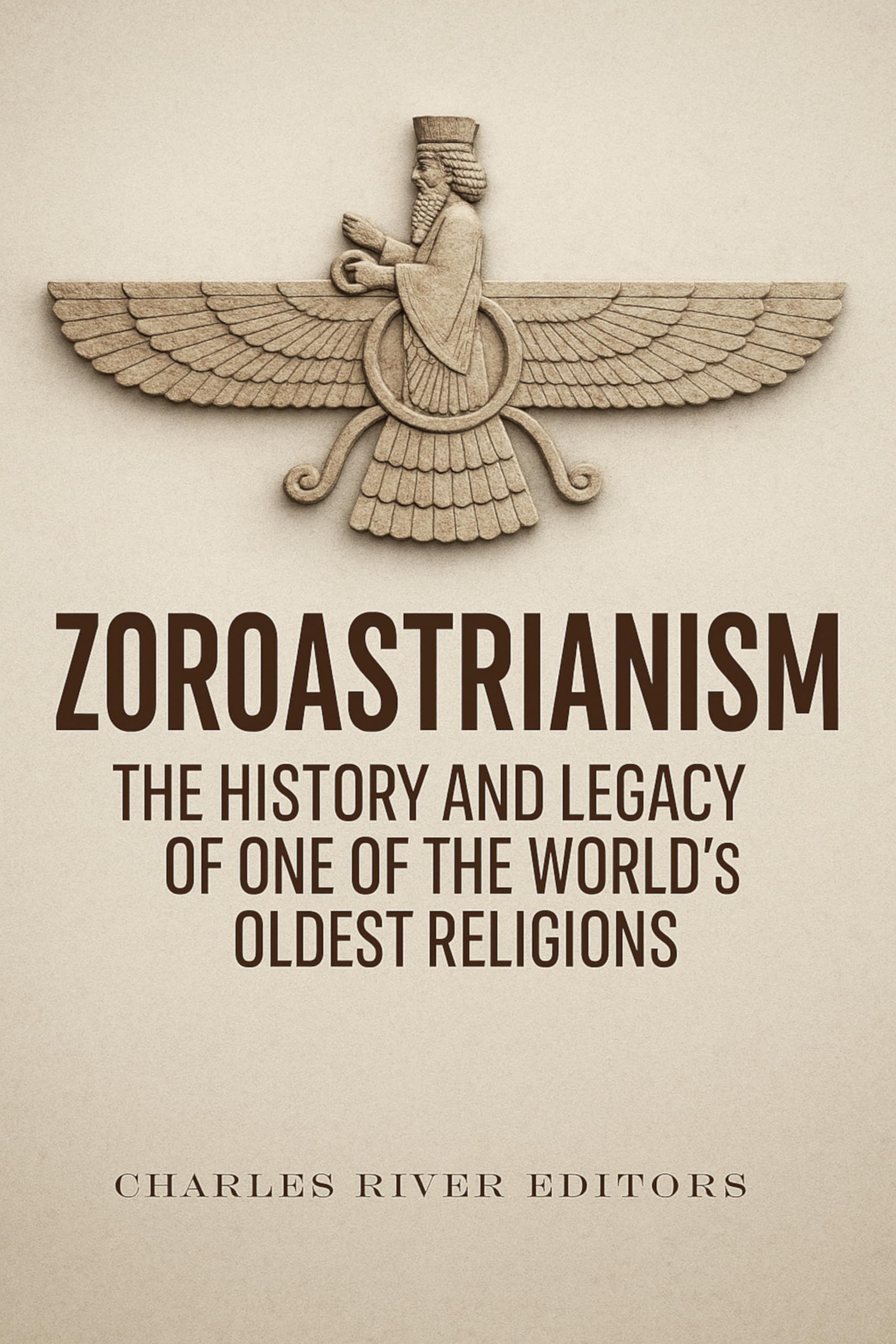During the first half of the 1st millennium CE, an empire arose in Persia that extended its power and influence to Mesopotamia in the east, Arabia in the south, the Caucasus Mountains in the north, and as far east as India. This empire, known alternatively as the Sasanian Empire or Sassanid Empire, was the last of three great dynasties in Persia—the Achaemenid and the Parthian being the first two dynasties—before the rise of Islam. In fact, many scholars consider the Sasanian Empire to be the last great empire of the ancient Near East because once it had been obliterated, Islam became the standard religion of the region, ushering in the Middle Ages.The Sasanian Empire was important for a number of reasons. Besides being the last of three great Persian dynasties, they carried on many Persian cultural traditions relating to religion and kingship. The Sasanians fostered and promoted the native religion of Zoroastrianism to the point of persecuting other religions from time to time. It was during the Sasanian period that the numerous Zoroastrian hymns, prayers, and rituals were collected under one book, known as the Avesta.Thanks to the Sasanians’ efforts with regard to religion, modern scholars know much more about Zoroastrianism than they would have if the religion continued to disseminate orally. Their efforts also protected Zoroastrian knowledge in later years after the dynasty was long gone and Islam became ascendant in Persia.Moreover, the Sasanians’ spread into India meant that there were syncretic developments between Zoroastrianism and Indian mythology and religious practices, including not just Hinduism but also Sikhism, Jainism, and Buddhism. The diverse traditions and ethnic groups that have called India home over the past 5,000 years combined to create a mythology that is as eclectic as it is interesting. Unraveling the details of India’s mythological systems is no easy task, but thankfully, hundreds of scholars who have studied Indian history have successfully translated thousands of ancient and medieval Indian texts into English and other modern Western languages.As a result, Zoroastrianism is technically still a living religion today, but the religion is mysterious and not widely known among those who don’t study it, and historians themselves are divided over when the religion’s prophet lived and when the religion was officially adopted in Persia. Zoroastrianism’s historical development has also failed to intrigue significant numbers of people, perhaps due to its geographical location and cultural background. Zoroastrianism developed among the Persian people, who have traditionally not been part of the standard Western, early Islamic, or Far Eastern cultural groupings, and when Persia later became part of the greater Islamic world, it was to the detriment of Zoroastrianism. Finally, Zoroastrianism is a “closed” religion, which has also kept it shrouded in mystery to a certain degree. Although contemporary Zoroastrians are quite open about their faith and willing to help non-Zoroastrian scholars, converts are rarely accepted by the faithful, adding a sense of insularity to the faith.With that said, modern historians have constructed a fairly accurate chronology of Zoroastrian history, and religious scholars have contributed by publishing studies about the rituals and theology of Zoroastrianism. When all of these modern studies are considered together, along with ancient and medieval texts and an examination of modern Zoroastrian rituals and theology, then a more complete picture of this ancient, yet living, religion emerges.
save
$3.99Zoroastrianism: the History and Legacy of One of the World’s Oldest Religions
$0.00$3.99
Explore the rich history of the Sasanian Empire, its influence on Zoroastrianism, and how its legacy persists today, shaping cultures and religions across Persia and India.
| book-author |
|---|











